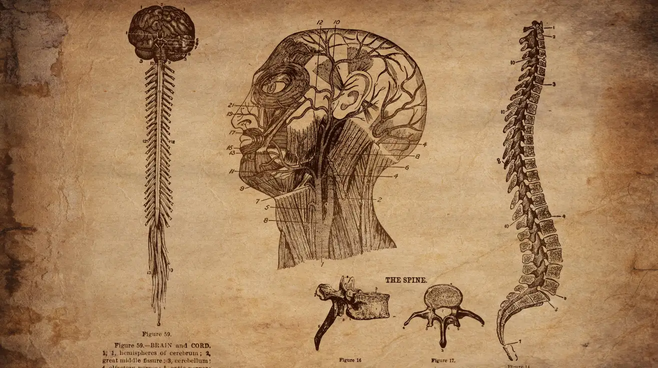Image: Michaelparkart (Shutterstock)
If you’ve been trying to improve your posture and you just can’t seem to do it, let me introduce you to what might be a surprising idea: the way you stand, or the way you sit in your chair at work or school, may not actually matter at all. Or at least not in the way you think it does.
There’s no strong connection between posture and pain
Here’s an interesting question to explore: why do you think you need to fix your posture? You may have absorbed an assumption that sitting or standing straight looks nicer or is just “better” in some nebulous way. But that’s not a thing you need to feel bad about. You can sit up straight if you think sitting up straight looks better, and you can slouch if you find that more comfortable. “Unhelpful posture ideals are also reinforced by long-standing stereotypes that suggest posture reflects a person’s sex, dignity, respectability, attractiveness, and morality,” wrote a group of scientists studying the issue.
But a lot of us somehow got the idea poor posture is bad for us in some nebulous way. I suspect we can blame the idea of workplace ergonomics on this. It might hurt to be forced into an uncomfortable position for hours on end, so it makes sense to avoid awkward positions. Your chair should allow you to sit up straight, your feet to reach the floor, and so on. But that doesn’t mean you need to be forced to sit up straight, any more than you should be forced to hunch over.
The notion that sitting or standing posture can lead to pain doesn’t even pan out. People who have larger curves in their back aren’t more prone to back pain, and consciously “correcting” your posture doesn’t reduce back pain, either. (If you want to read more about back pain, and try some things that actually may help, we have a guide here.)
There is no single “correct” posture
Even if there were benefits to sitting up “straight” or in an “optimal” posture, there’s a problem: experts can’t even agree what that posture would be. A survey of nearly 300 European physical therapists showed respondents nine different postures (all modeled by the same person) and asked which is “best.” The physical therapists gravitated to two of the postures, but those two differed significantly.
Importantly, some of the postures that we think of as more “correct” are ones that take more energy to maintain. Sitting up straight means engaging more muscles, and that can also mean that our muscles get fatigued and we’d like a break.
“Comfortable postures vary between individuals, so it is useful to explore different postures,” write the authors of one paper on reevaluating our assumptions about posture. In fact, if you have back pain, you may be able to relieve some pain by finding a position that allows you to relax—even if that means slouching.
Ultimately, our bodies move through a variety of different positions each day. “The spine is robust and can be trusted,” those authors emphasize. You might sit in different positions throughout the day, and bend and straighten your spine as needed to do tasks like bending over or picking up objects. Obsessing over the “right” way to sit or lift can backfire, making us unnecessarily afraid of sitting, moving, or lifting in ways we fear might be wrong.











